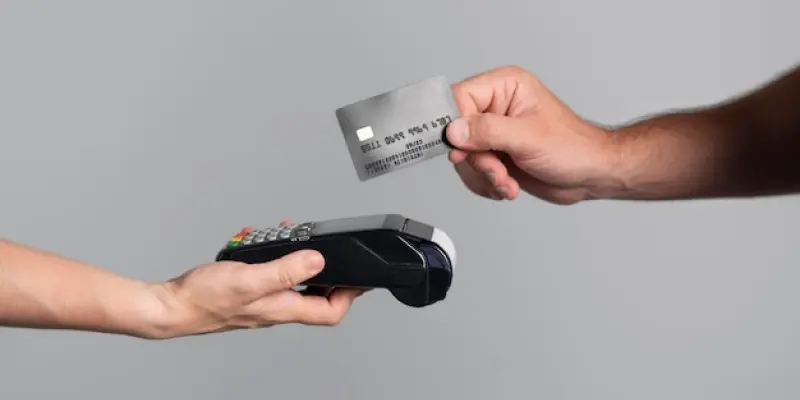The payment landscape is rapidly evolving globally, with a notable shift towards digital options in traditional retail environments. PayPal’s recent expansion into Germany represents a strategic move that highlights its ambition to revolutionize in-store payments. Launching its first contactless mobile wallet in this region, PayPal targets the increasing preference for cashless transactions among consumers and retailers alike. This initiative allows users of the updated PayPal app to make seamless in-store payments using Android and iOS devices at locations that accept Mastercard contactless payments. The ease of use combined with the convenience of a single tap is anticipated to appeal to a wide audience, thus reinforcing PayPal’s role in the retail sector’s digital transformation.
Integration of Innovative Payment Solutions
Beyond contactless payments, PayPal is launching its “Pay Later” feature, boosting in-store transactions by letting customers settle bills in installments over months. Known as Ratenzahlung To Go, this flexible payment solution is ideal for larger purchases, providing financial ease and adaptability. PayPal also offers cashback incentives, motivating users to opt for contactless payments via the app. As the demand for digital payment solutions increases, these advancements strengthen PayPal’s drive towards a cashless society. They seamlessly include both online and offline transactions, offering comprehensive purchase insights for a more seamless payment experience. This strategy in Germany underscores PayPal’s commitment to product development and firmly establishes its role in shaping the future of retail transactions. By continuously evolving and adapting to market dynamics, PayPal sets a benchmark for secure, efficient mobile payments. The mix of tap-and-pay convenience with adaptable payment plans illustrates PayPal’s innovative approach to enriching the customer experience, significantly influencing in-store and broader digital payment ecosystems.

